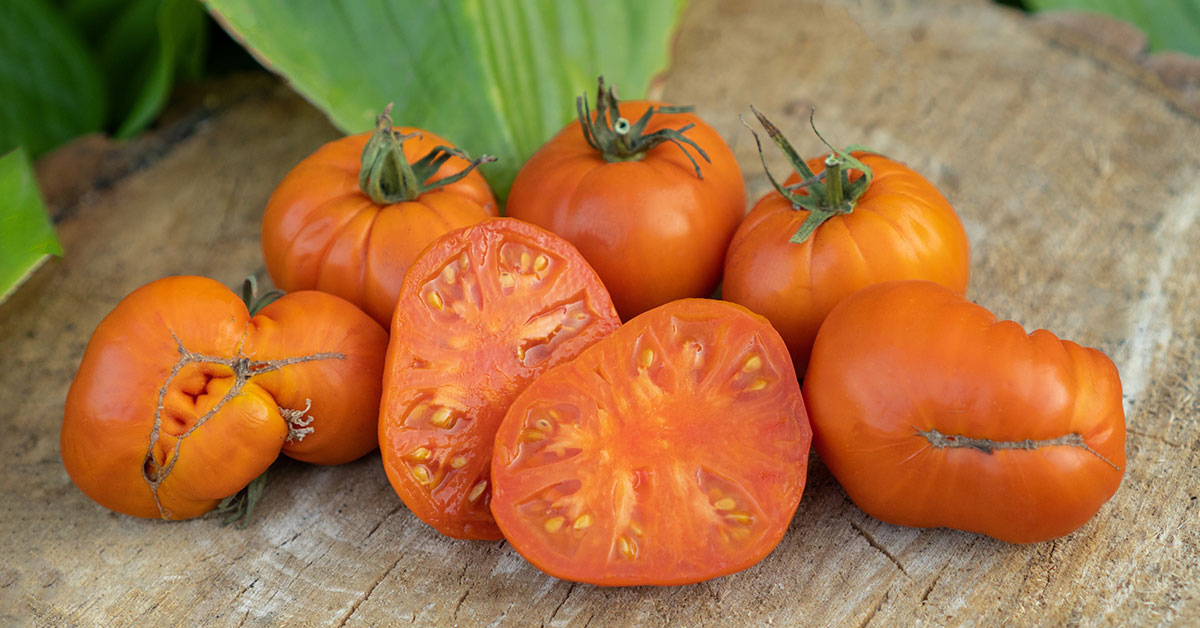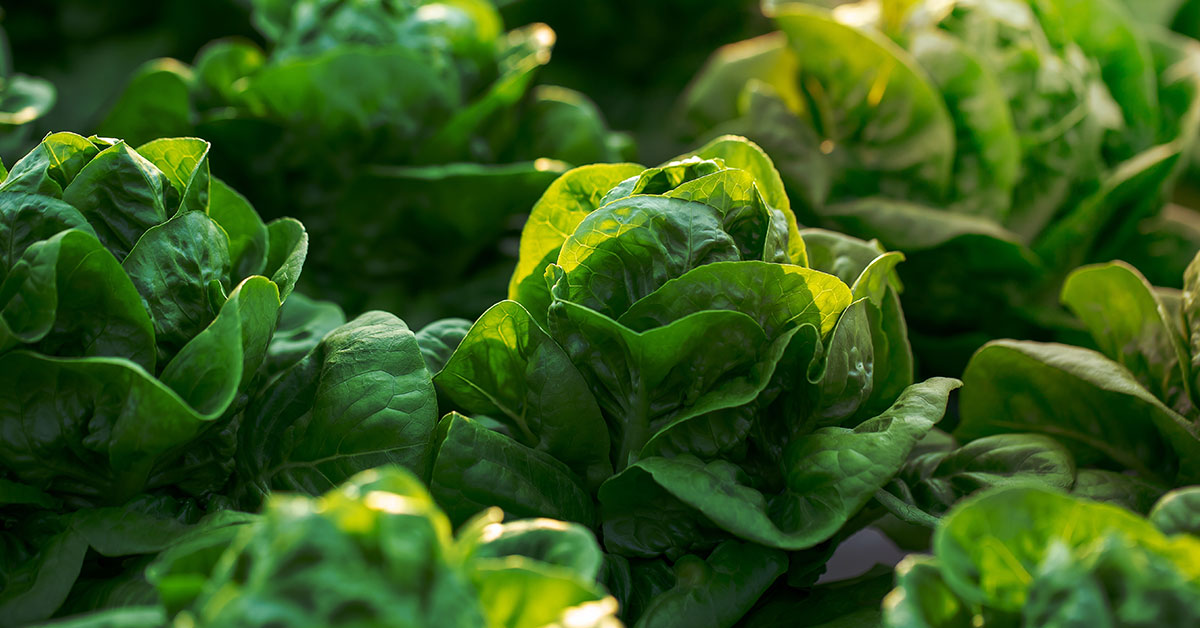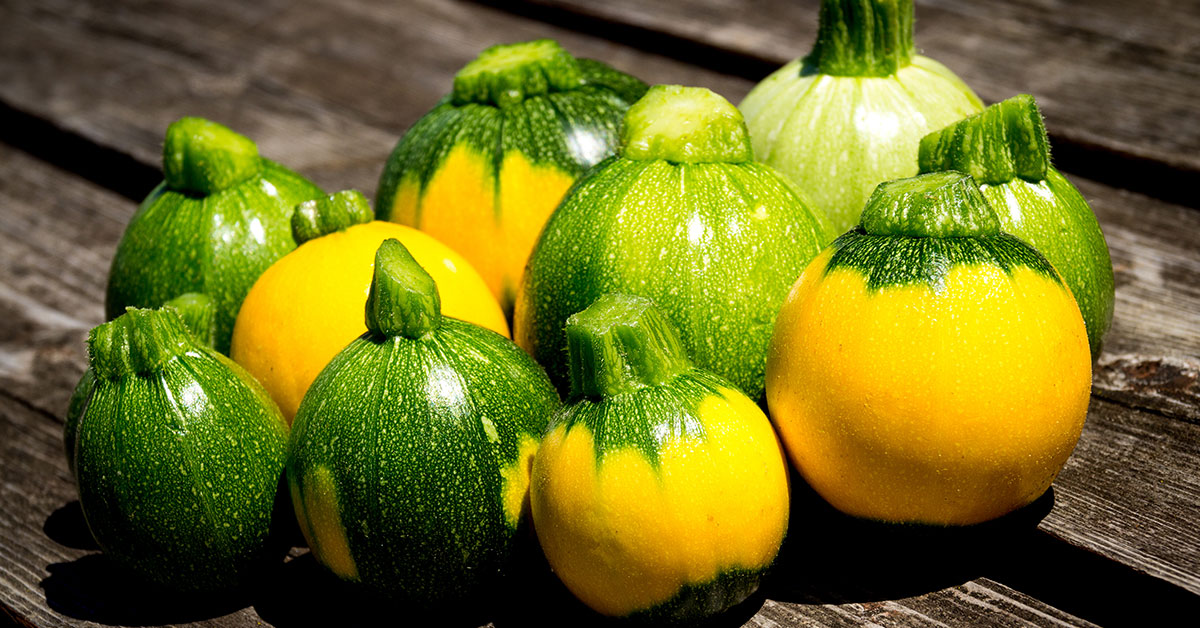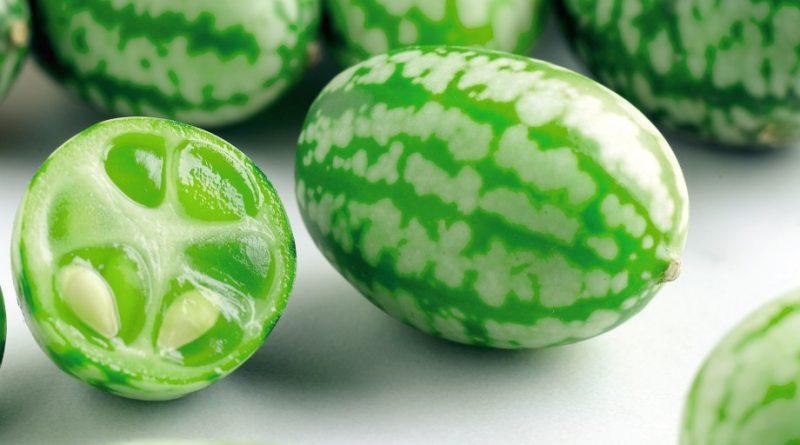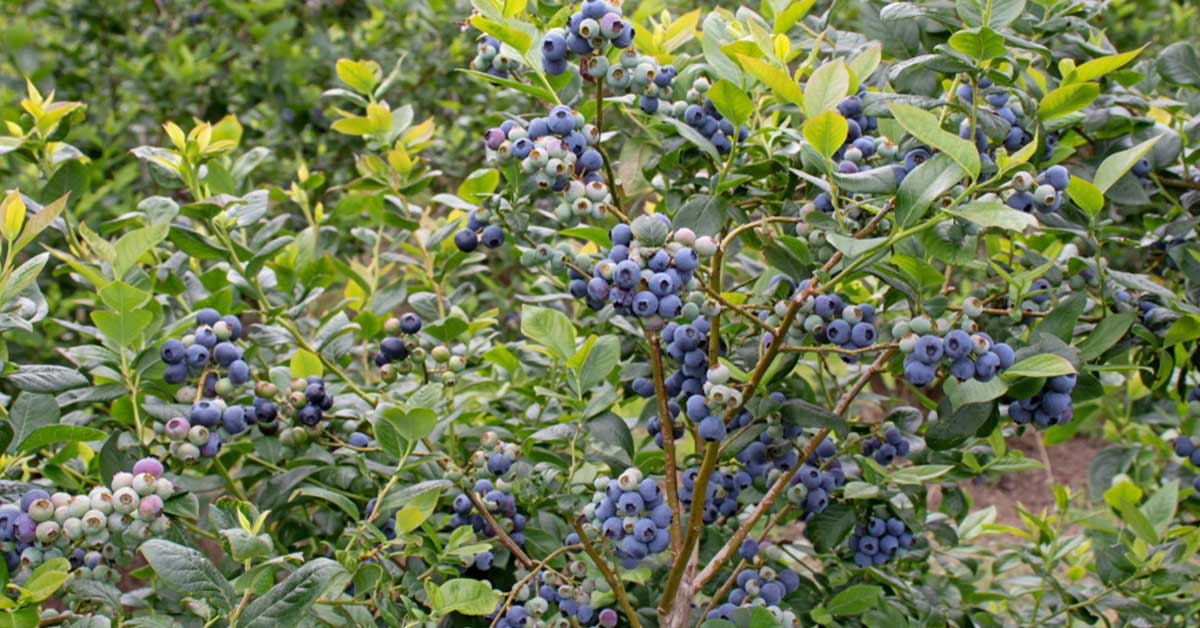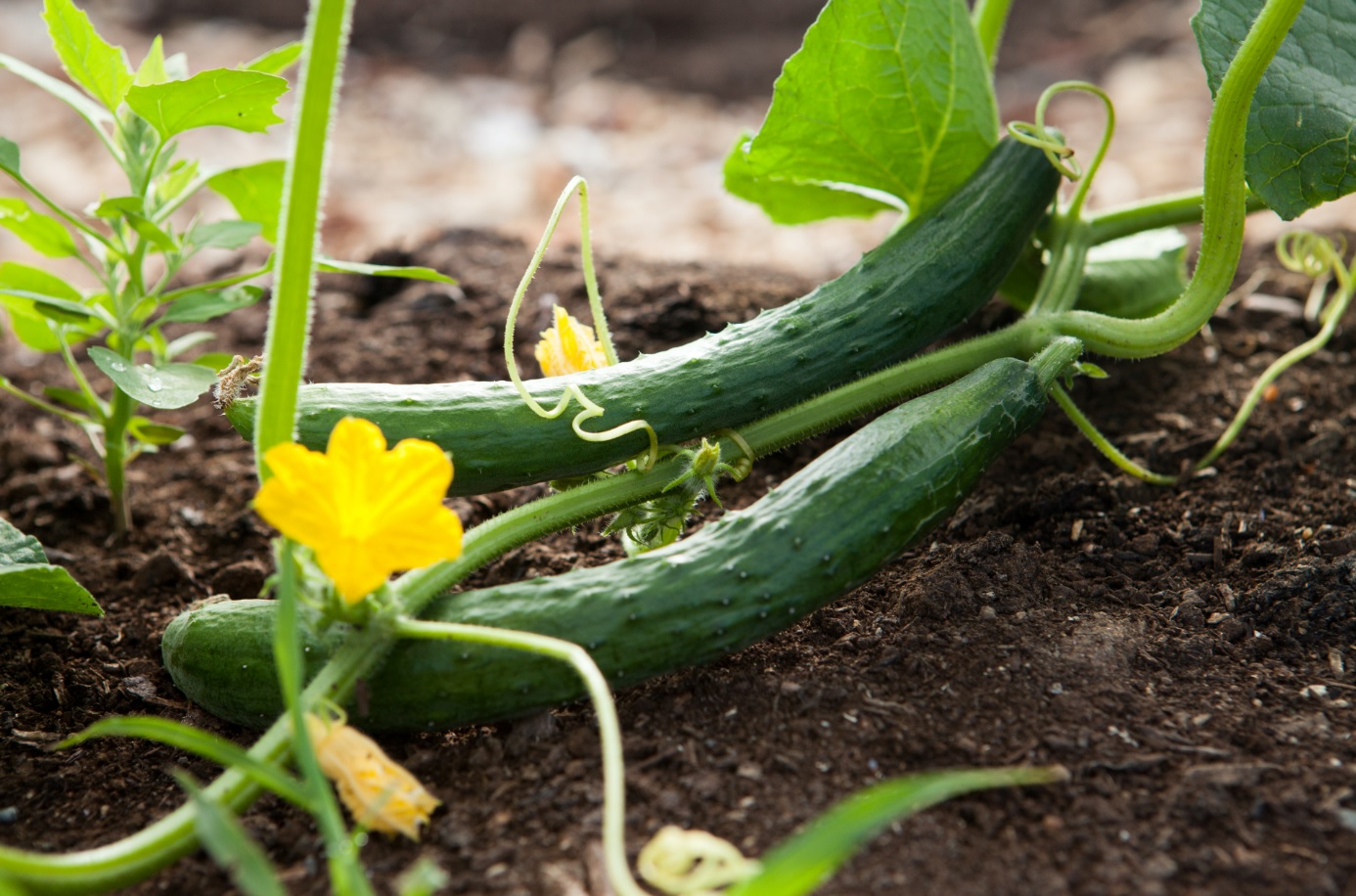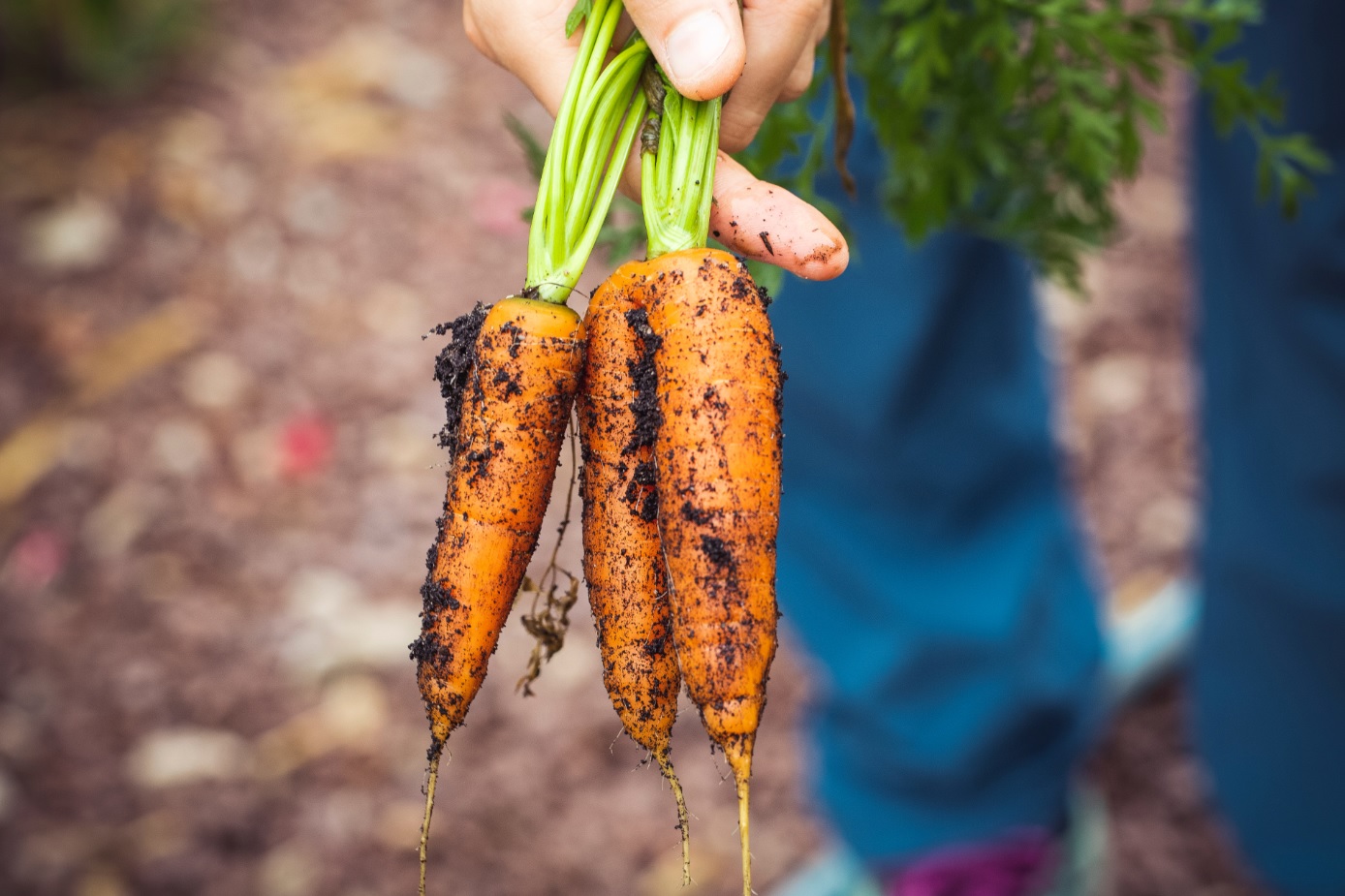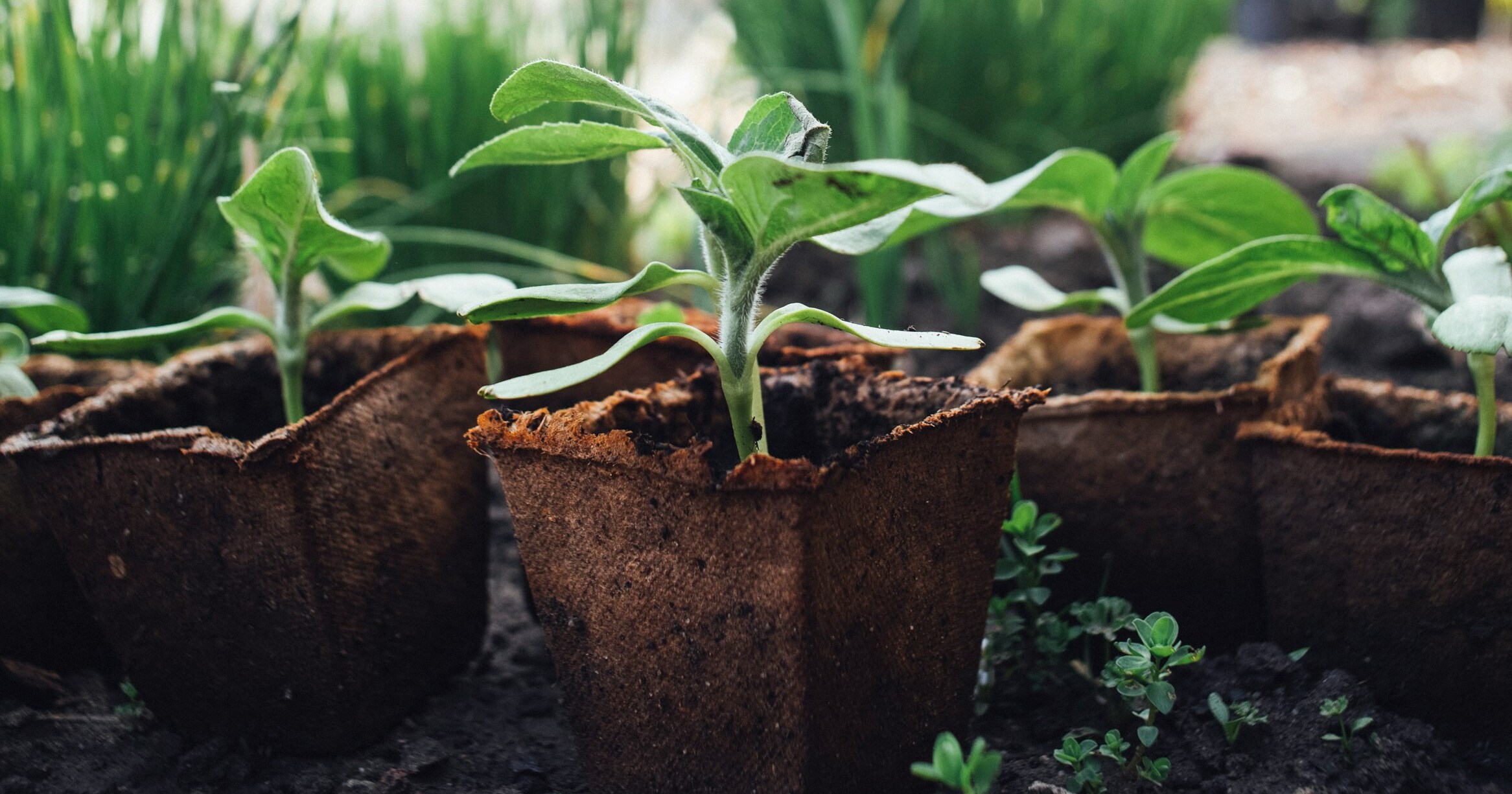The Amana Orange tomato is a beautiful and delicious heirloom variety that has been gaining popularity in recent years. With its stunning orange color and juicy, sweet flavor, this tomato is a favorite among gardeners and foodies alike. Originally developed by a group of farmers in Iowa, the Amana Orange tomato is now grown and enjoyed all over the world. In this blog post, we will explore the history and characteristics of this beloved tomato variety, as well as provide tips for growing and using it in your own kitchen.
What is an Amana Orange tomato?
Amana Orange tomato is a type of heirloom tomato that is known for its large size, unique color, and sweet flavor. This variety of tomato was originally grown by the Amana Colonies, a group of German settlers in Iowa, in the 1920s.
The Amana Orange tomato is a beefsteak tomato that can grow up to 1-2 pounds in weight. Its skin is a bright orange color, and the flesh is meaty and juicy. This tomato is also known for its low acidity, making it a popular choice for those who are sensitive to acidic foods.
One of the reasons why the Amana Orange tomato has gained popularity in recent years is because of its unique taste. The tomato has a sweet, tropical flavor that is reminiscent of a mango or pineapple. This makes it a great choice for salads, sandwiches, and other dishes where its sweetness can be highlighted.
Overall, the Amana Orange tomato is a delicious and unique variety of tomato that is worth trying if you are a fan of heirloom tomatoes. Its large size, bright color, and sweet flavor make it a standout ingredient in any recipe.
How to start Amana Orange tomatoes from seed
Starting tomatoes from seed is a cost-effective and rewarding way to grow your own tomato plants. To begin, choose the tomato varieties that suit your preferences and growing conditions.
Fill seed trays or pots with a lightweight and well-draining seed starting mix, plant the seeds at the recommended depth, and provide adequate moisture and warmth for germination.
Once the seedlings have developed their second set of true leaves, they can be transplanted into larger containers or individual pots. Gradually acclimate the seedlings to outdoor conditions before transplanting them into the garden.
By following these basic steps, you can successfully start tomatoes from seed and enjoy a thriving crop of homegrown tomatoes.
Additional Resource: Our comprehensive guide to starting tomatoes from seed
Growing & care
Transplanting and caring for tomatoes outdoors involves a few essential steps. First, choose a sunny location with well-drained soil. Prior to transplanting, harden off the seedlings by gradually exposing them to outdoor conditions.
Dig a hole slightly larger than the root ball of each seedling and plant them, burying the stem up to the first set of leaves. Water the seedlings thoroughly after transplanting. Provide consistent watering, aiming for 1-2 inches of water per week.
Stake or cage the plants for support and prune indeterminate varieties by removing suckers. Monitor for pests and diseases, taking prompt action if necessary. By following these steps, you’ll set your tomato plants up for healthy growth and a fruitful harvest.
Additional Resource: How to transplant and care for tomatoes outdoors
Common tomato pests and diseases
Tomatoes are susceptible to various pests and diseases that can affect their health and productivity. Some common tomato pests include aphids, tomato hornworms, whiteflies, and cutworms. These pests can cause damage to leaves, stems, and fruit, leading to reduced plant vigor and yield.
Additionally, tomato plants can be affected by diseases such as early blight, late blight, fusarium wilt, and verticillium wilt. These diseases can cause leaf discoloration, wilting, and fruit rot. Proper identification and timely intervention are crucial to effectively manage these pests and diseases and ensure the successful growth of tomato plants.
Additional Resource: Comprehensive list of tomato diseases and pests and how to fix them
Common problems
One of the most rewarding experiences for any gardener is to grow their own tomatoes. They are a versatile fruit that can be used in a variety of dishes, and they taste delicious. However, growing tomatoes can be a challenge, and the Amana Orange tomato is no exception. Here are some common problems that you may face when growing Amana Orange tomatoes:
- Blossom end rot: This is a common problem that affects many tomato varieties. Blossom end rot is caused by a calcium deficiency in the soil, which leads to the rotting of the tomato fruit. To prevent this problem, make sure to fertilize your plants regularly with a balanced fertilizer that contains calcium.
- Pest infestations: There are a variety of pests that can damage your Amana Orange tomatoes, such as aphids, whiteflies, and tomato hornworms. To prevent pest infestations, make sure to keep your garden clean and well-maintained, and use insecticides if necessary.
- Sunscald: Amana Orange tomatoes are susceptible to sunscald, which occurs when the fruit is exposed to direct sunlight for too long. To prevent sunscald, make sure to provide shade for your plants during the hottest part of the day.
- Cracking: Amana Orange tomatoes are also prone to cracking, which is caused by fluctuations in temperature and moisture levels. To prevent cracking, make sure to keep your plants consistently watered and avoid over-fertilizing.
By being aware of these common problems, you can take steps to prevent them and ensure a successful harvest of delicious Amana Orange tomatoes. With a little bit of care and attention, you can enjoy the fruits of your labor in no time.
Uses
Amana Orange tomatoes are a type of heirloom tomato that are highly sought after for their sweet and tangy flavor. These tomatoes are perfect for adding a burst of flavor to a wide range of dishes. Here are some of the most popular uses for Amana Orange tomatoes.
- Sandwiches: Amana Orange tomatoes are a popular choice for sandwiches due to their sweet and tangy flavor. They add just the right amount of flavor and acidity to any sandwich.
- Salsas and dips: The bright orange color of Amana Orange tomatoes makes them a perfect addition to any salsa or dip. They add a sweet and tangy flavor that pairs well with spicy ingredients.
- Salads: Amana Orange tomatoes are a great addition to any salad. They add a burst of flavor and color to any salad, making it more appetizing and enjoyable.
- Sauces and marinades: Amana Orange tomatoes are perfect for making sauces and marinades. Their sweet and tangy flavor adds depth and complexity to any dish.
- Roasting: Amana Orange tomatoes are perfect for roasting. When roasted, they develop a rich, sweet flavor that is perfect for adding to pasta dishes, pizzas, and more.
Overall, Amana Orange tomatoes are a versatile tomato with a sweet and tangy flavor that can be used in a wide variety of dishes. They are a must-try for any tomato lover.
